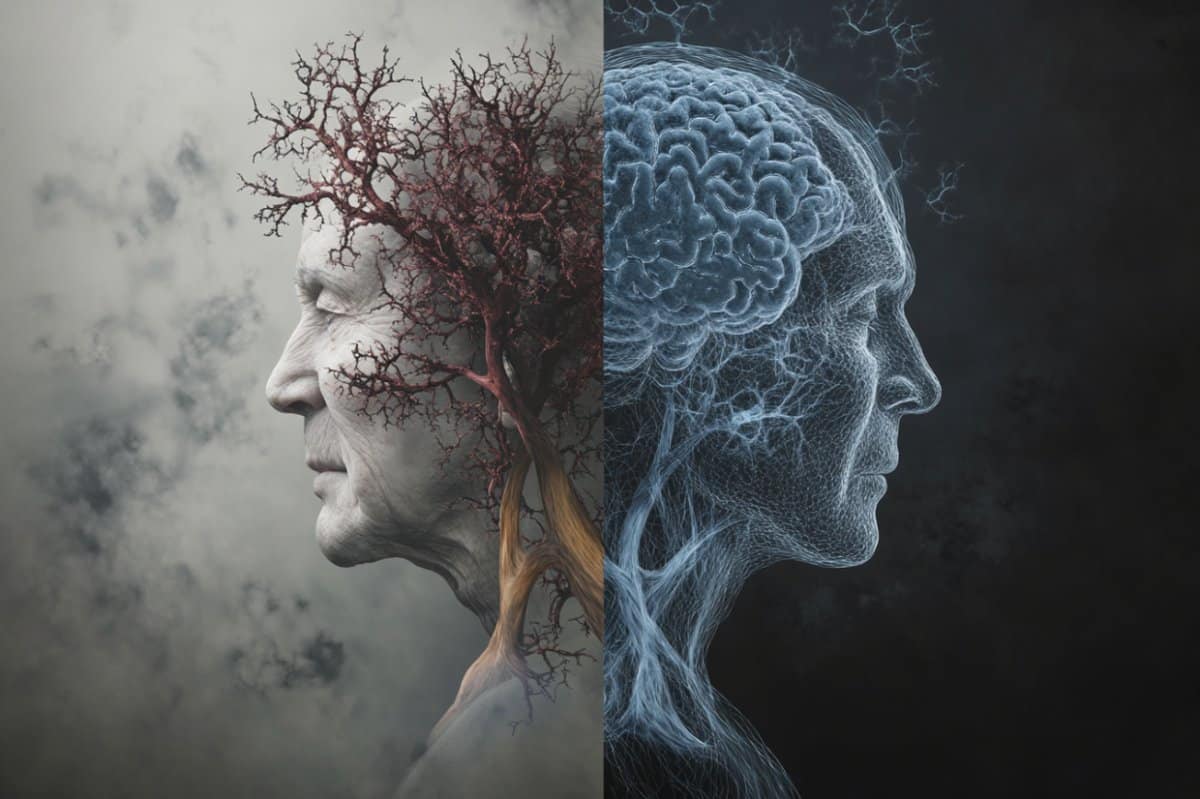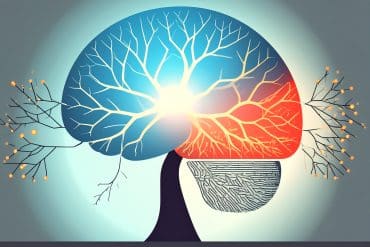Summary: Middle-aged and older adults who experience chronic pain often show worsening symptoms of depression up to eight years before the pain begins. A large-scale study found that depressive symptoms and loneliness increased long before pain onset, suggesting mental health may play a causal role in later physical discomfort.
In contrast, adults without pain showed relatively stable emotional well-being over the same period. These findings highlight the importance of early mental health and social support to potentially prevent or delay chronic pain, especially in vulnerable populations with fewer resources.
Key Facts:
- Long-Term Link: Depression and loneliness worsened years before pain began in adults over 50.
- Unequal Impact: The trend was strongest in people with lower income and education levels.
- Prevention Potential: Early mental health and social interventions could reduce or delay pain.
Source: UCL
Middle-aged and older adults who experience pain are more likely to have had worsening symptoms of depression up to eight years before the pain began, according to a new study by UCL (University College London) researchers.
The study, published in the journal eClinicalMedicine, suggests that among this age group, treatment for depression might help to prevent or reduce later aches and pains.
The researchers compared survey data from 3,668 adults aged over 50 who often experienced moderate to severe pain with a matched group of the same number who did not.

In the pain group, they found that depressive symptoms got rapidly worse in the eight years prior to pain, peaked at the onset of pain, and remained high in the years after, whereas in the non-pain group depressive symptoms were less severe, less prevalent, and relatively constant.
The researchers found a similar trend for loneliness, which increased both in the years before and years after the onset of pain but stayed low and relatively constant for those in the non-pain group.
While the cause of the pain was not identified, most participants said they had pain in the back, knee, hip, or foot.
Lead author Dr Mikaela Bloomberg (UCL Epidemiology & Public Health) said: “Pain and depression are known to be linked, with each exacerbating the other. But we don’t know about the timing of these related conditions.
“Our study shows that depressive symptoms and loneliness worsen long before pain begins. This is important as it suggests the potential for early mental health and social support to reduce or delay later pain.
“Factors such as depression and loneliness can contribute to pain through several mechanisms. By inducing stress, they may increase inflammation, which can lead to pain.
“They also may increase sensitivity to pain by changing immune responses and by dysregulating our autonomic nervous system, the network of nerves that control unconscious processes such as the ‘flight or fight’ response.
“Our findings highlight the importance of approaching pain not just from a biological perspective. Mental health interventions may be important too.”
The study used data covering 21 years from the English Longitudinal Study of Ageing (ELSA), in which a nationally representative population sample in England answers a wide range of questions every two years.
The research team found that the sharp increase in depressive symptoms among participants who experienced pain was larger among people with less education and wealth.
This is likely in part, the researchers said, because these individuals had fewer resources to support mental health and pain management.
The team said this finding pointed to the need to prioritise vulnerable populations with fewer socioeconomic resources with accessible mental health and community support programmes.
The researchers also investigated if there was a link between social isolation and experiences of pain but, unlike with loneliness, found little difference in social isolation between the pain and non-pain groups.
Whereas loneliness is a subjective feeling of lacking social connections, social isolation indicates objective lack of contact with friends and family.
The team suggested that the quality of relationships, rather than the quantity of relationships or levels of social interaction, may matter in terms of mitigating against pain and depression.
Three quarters of the study participants in the pain group reported experiencing pain in the back, knee, hip, or foot. Of those remaining, 1.9% reported pain all over, 0.5% reported mouth or tooth pain, and 20.7% reported pain elsewhere.
Among study limitations, the research team noted that the participants were overwhelmingly white, reflecting the population of England in that age group. Future research, they said, should determine whether results are similar for younger groups and those with more racial and ethnic diversity.
They cautioned that the survey data did not distinguish between pain and chronic pain. However, they had consistent results when they restricted the analysis to participants who reported pain in successive surveys two years apart, suggesting the findings applied to chronic pain.
The team adjusted for a wide range of factors that may have skewed the results – including participant sex, age, birth year, education, wealth, long term health conditions, physical activity level, alcohol consumption and smoking status.
Funding: The researchers received funding from the Nuffield Foundation’s Oliver Bird Fund and Versus Arthritis. The English Longitudinal Study of Ageing is funded by the National Institute on Aging and by a consortium of UK government departments coordinated by the National Institute for Health and Care Research.
About this pain and depression research news
Author: Mark Greaves
Source: UCL
Contact: Mark Greaves – UCL
Image: The image is credited to Neuroscience News
Original Research: Open access.
“Trajectories of loneliness, social isolation, and depressive symptoms before and after onset of pain in middle-aged and older adults” by Mikaela Bloomberg et al. eClinicalMedicine
Abstract
Trajectories of loneliness, social isolation, and depressive symptoms before and after onset of pain in middle-aged and older adults
Background
Chronic pain is associated with poor psychosocial wellbeing; how loneliness, social isolation, and depressive symptoms evolve leading up to and following pain onset is unclear. We examined trajectories of these outcomes before and after pain onset.
Methods
We analysed data from participants aged ≥50 years from the English Longitudinal Study of Ageing (ELSA). Data collection began in 2002 (wave 1) and was repeated biennially until 2019 (wave 9); wave 10 took place in 2021/23. Participants who had data from at least 2 waves were included. Participants reporting pain between 2002 and 2023 (‘pain group’) were matched with an equivalent number without pain (‘no-pain group’; N = 7336 total).
Psychosocial outcomes were also assessed at each wave: Loneliness using the three-item subscale from the revised UCLA loneliness scale; social isolation using a score ranging from 0 to 5, with a higher score indicating more severe social isolation; and depression using the 8-item Center for Epidemiologic Studies Depression Scale.
Piecewise linear mixed models were used to produce trajectories of loneliness, social isolation, and depressive symptom scores before and after pain onset and during the comparable time period in the no-pain group. Subgroup analyses examined how results differed by age, sex, education, and wealth.
Findings
Loneliness and depressive symptoms were more severe for the pain group than the no-pain group before pain onset (e.g., difference [pain-no pain] eight years before pain onset = 0.19 points, 95% confidence interval = 0.11–0.28 for loneliness; difference = 0.14, 0.06–0.22 for depressive symptoms). For loneliness, this difference increased consistently during the study period (e.g., difference = 0.33, 0.26–0.40 eight years after pain onset).
For depressive symptoms, the difference increased sharply to 0.58 (0.52–0.65) at pain onset and remained stable thereafter. Differences in depressive symptoms were most pronounced in less educated and less wealthy participants. There were negligible differences between pain and no-pain groups for social isolation.
Interpretation
Loneliness and depressive symptoms progressively increased in severity years before pain onset. A holistic approach to pain is needed, incorporating early psychosocial interventions and targeted strategies for vulnerable populations.
Funding
Nuffield Foundation Oliver Bird Fund, Versus Arthritis.







